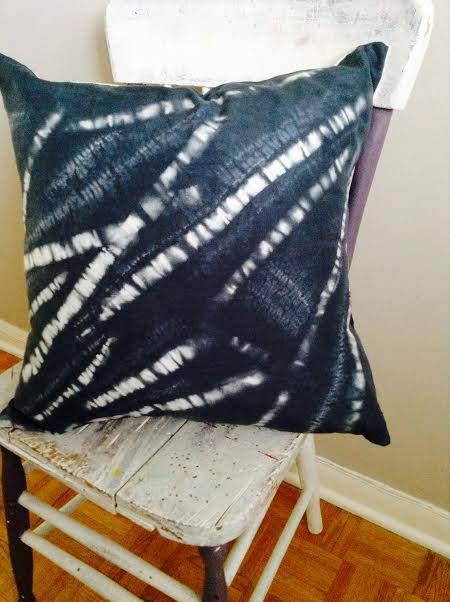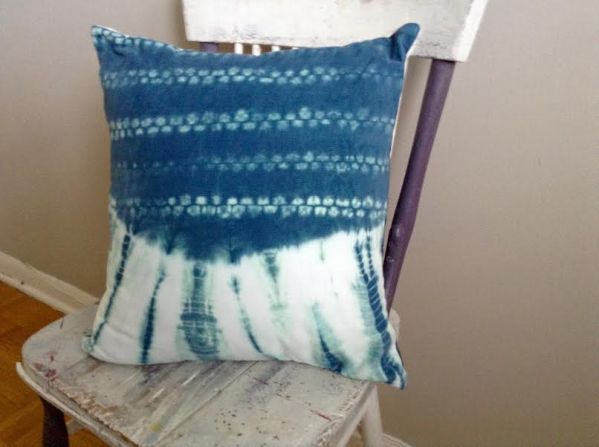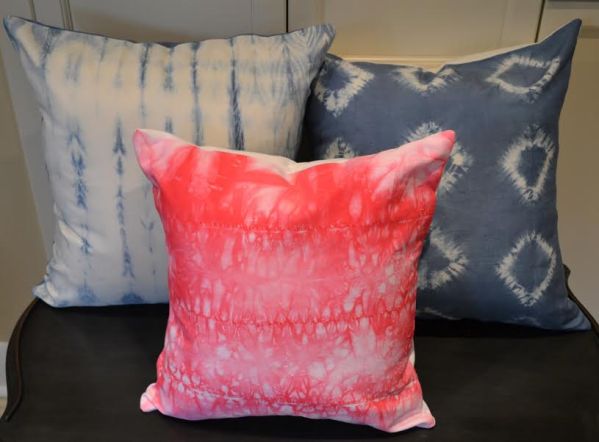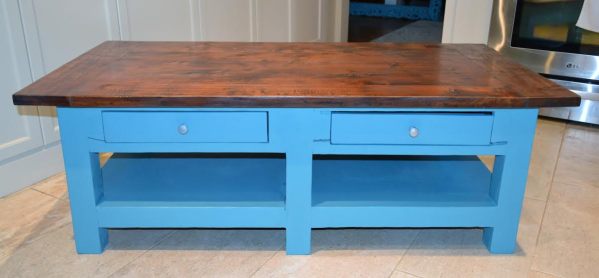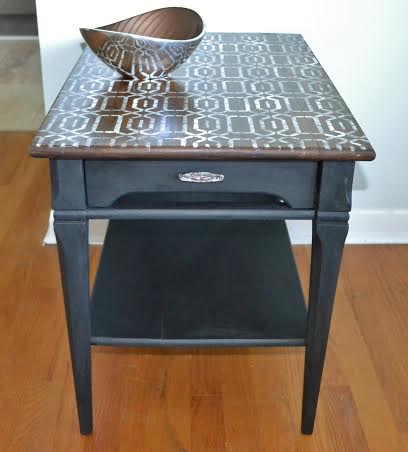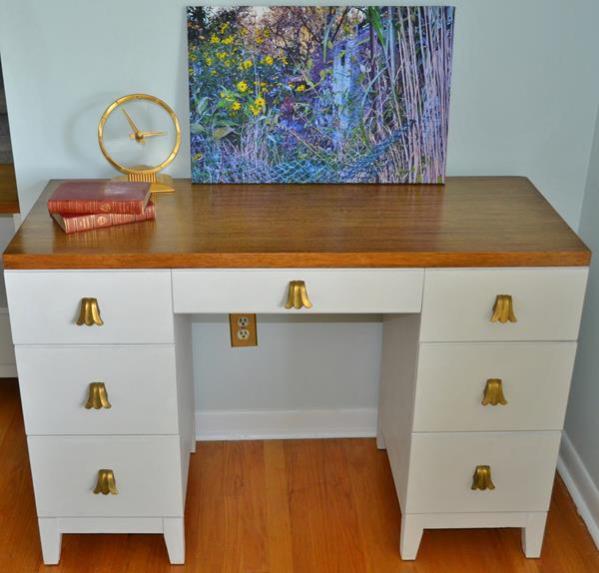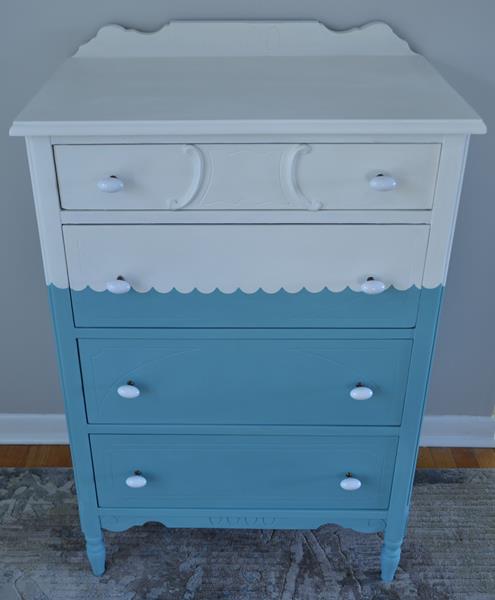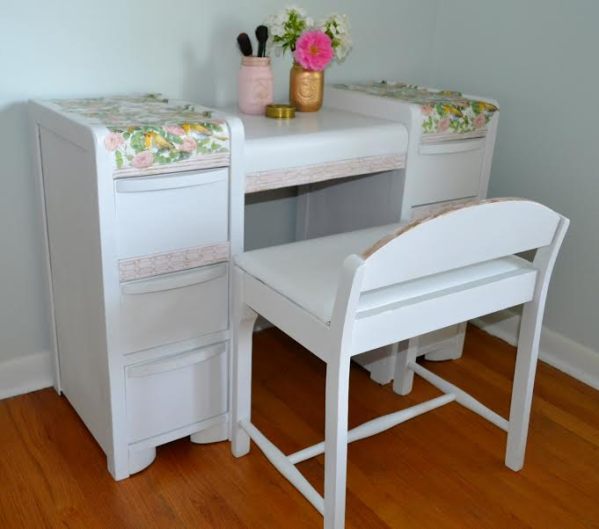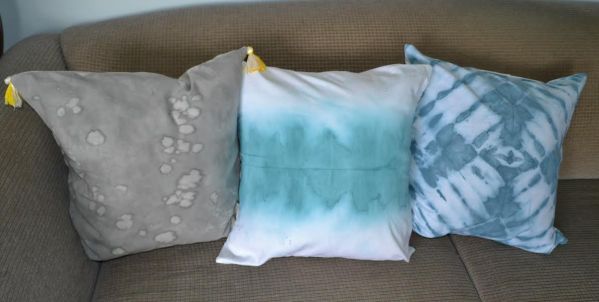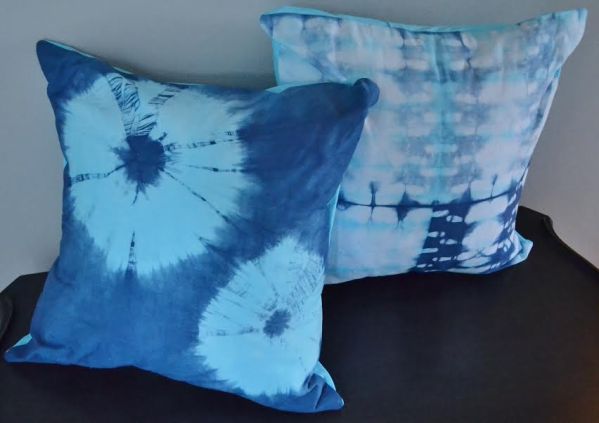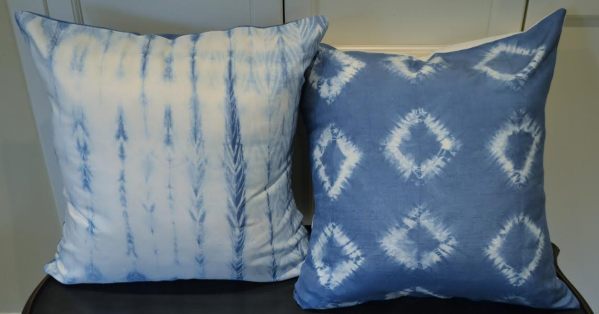Four years ago, I discovered the joys of Annie Sloan chalk paint. I had just retired from 36 years of teaching high school and painting furniture filled a huge gap in my life. I do not have the fine motor skills to be an artist but furniture transformation made me feel like one. I loved everything about the business, from looking for bargains to paint, choosing a colour or technique, to marketing the piece. But, the drive has started to wear off. I don’t enjoy lifting large pieces, I have to paint in my kitchen or dining room and there is an explosion of fellow furniture painters. I have to credit my stockist, Katrina, from Malenka Originals with the success of her business for this explosion. She introduced Ottawa to chalk paint and thousands seem to have embraced it. Many women are doing and loving what I did 4 years ago and I just don’t want to compete any more. I have painted many beautiful pieces and I know there are some very happy people who bought them. Here are a few favourites:
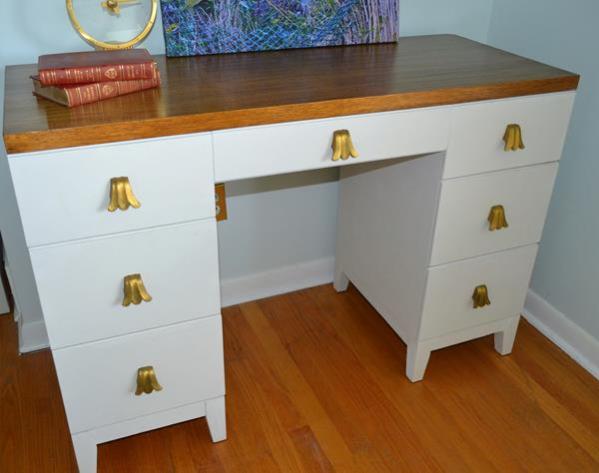
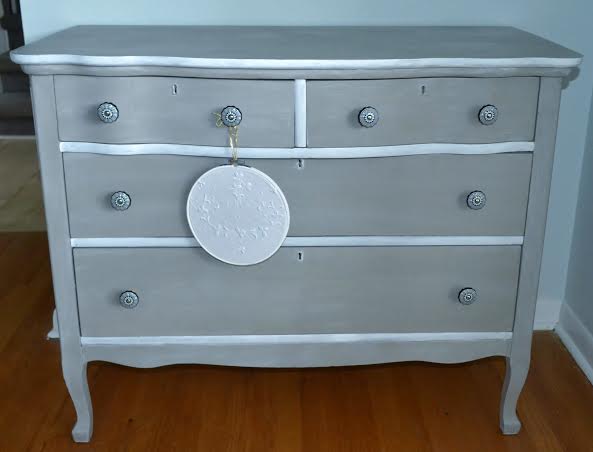
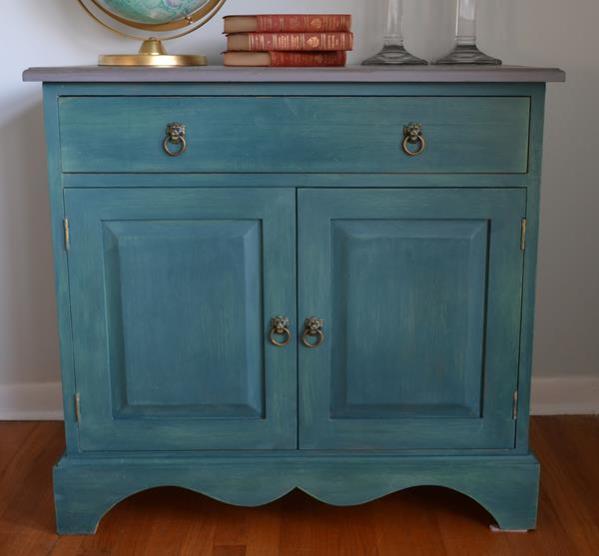
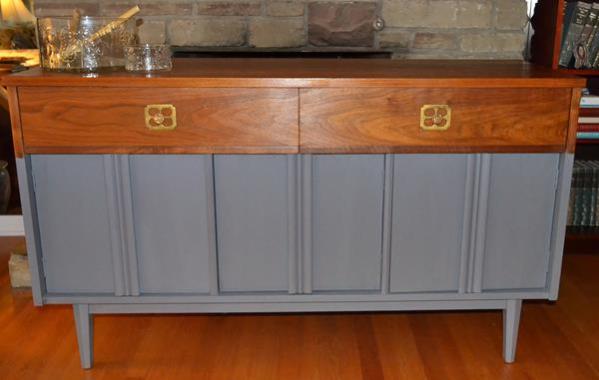
Annie Sloan actually led me to another hobby/obsession-dyeing fabric. I have become a textile artisan and have taught myself Shibori, Ice-dyeing and Sashiko embroidery. Here are some examples-the first pillow was done with a flour paste resist and black dye. The second one is an example of ice-dyeing. You can find my shop here: https://uwf-textiles.myshopify.com/
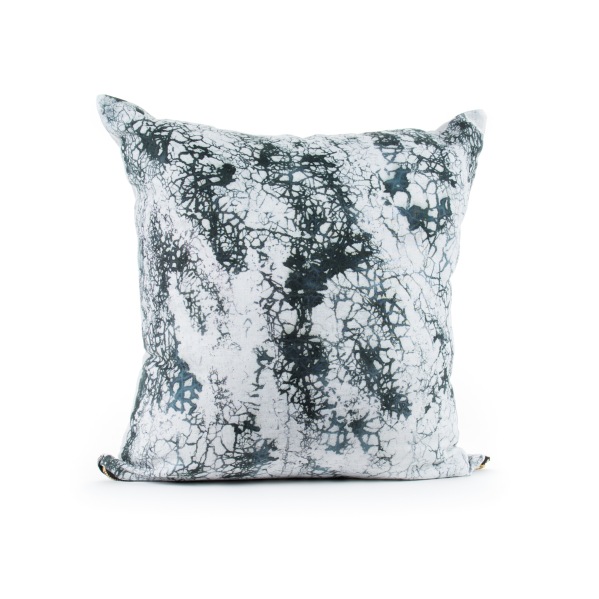
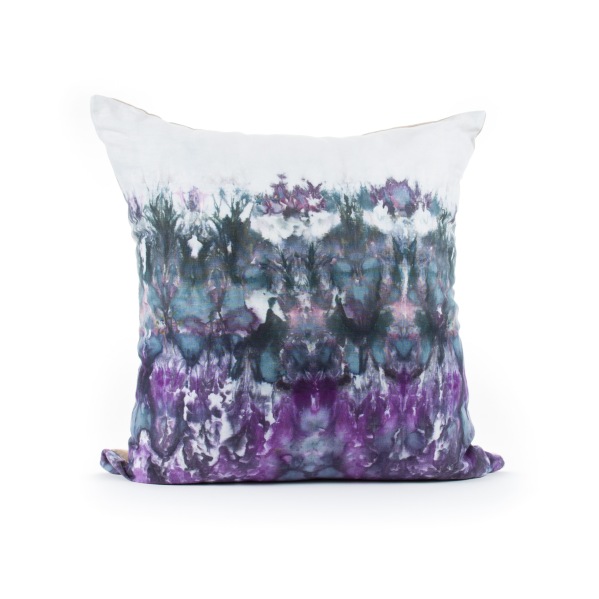
http://www.findingsilverpennies.com/2017/06/silver-pennies-sundays-link-party-223.html
http://www.thededicatedhouse.com/2017/06/make-pretty-monday-week-218.html

